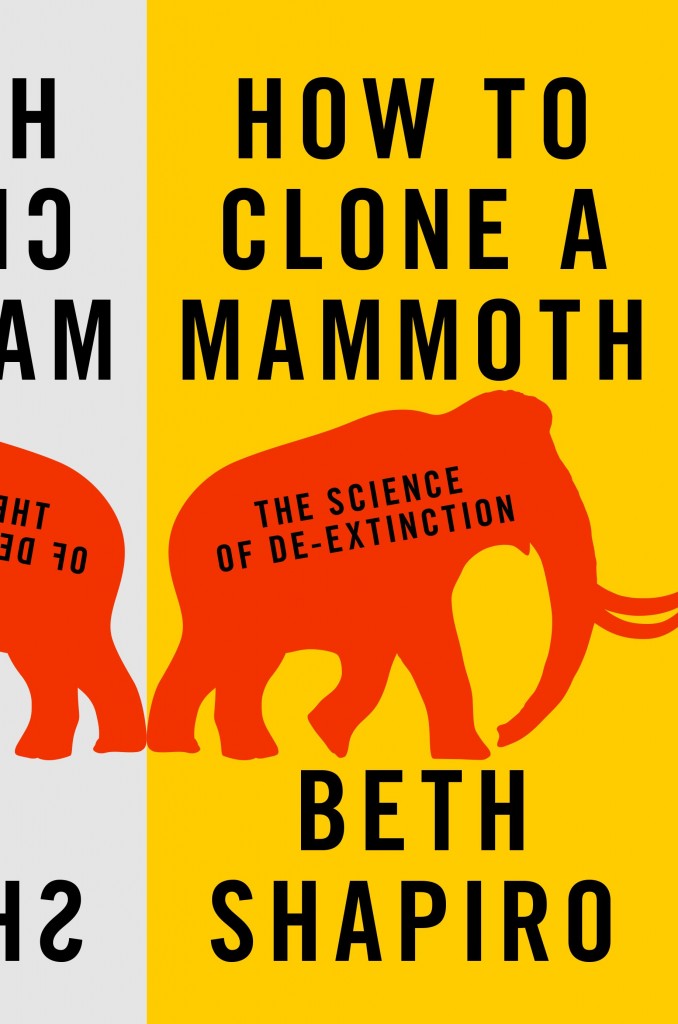Year 5 Children Study Dinosaurs (Jurassic World)
Year 5 Classes Explore Dinosaurs and Extinction
Children in Year 5 at Oasis Academy Short Heath (West Midlands), have been learning all about dinosaurs, prehistoric animals and extinction in their spring term topic. With the help of the enthusiastic teaching team, the two classes have been studying prehistoric animals and linking this topic area to key parts of the national curriculum, such as English, mathematics, geography and science.
Recently, the children had been looking at electricity and learning about conductors. When holding a cold fossil, heat (thermal energy), is conducted from your warm hand to the cold fossil. The heat flows from the person to the colder object, this little exercise essentially helps to support learning about how heat is transferred and what makes a good conductor. It links to the second law of thermodynamics helping to explain the properties of materials.
During our workshops with the class we explored the properties of fossils and what they can tell us about life in the past.
Year 5 Children Learning About Prehistoric Animals
Picture credit: Year 5 Oasis Academy Short Heath
English Curriculum – A Balanced Argument
Under the expert tutelage of the Year 5 teaching team there was plenty of evidence in support of cross-curricular activities on display in the spacious and tidy classrooms. The Everything Dinosaur team member who visited the school to deliver the dinosaur and fossil workshops, spotted some super science posters that the children had prepared and during the workshop, the idea of bringing back the extinct Woolly Mammoth (M. primigenius) was proposed. Would it be a good idea to make an animal de-extinct? This links with an aspect of the English curriculum, introducing the idea of a balanced argument. Could the class debate the advantages and disadvantages of introducing a genetically modified elephant breeding programme to create shaggy coated elephants?
How to Clone a Mammoth – Linking to a Balanced Argument Exploring Pros and Cons
Picture credit: Princeton Press
Art and Design Dinosaurs
Many of the children had been inspired to create their very own dinosaur themed pieces of art. There were some wonderful examples of prehistoric animal models on display in the classrooms. Toni had created her very own blue and pink dinosaur egg, which when carefully opened revealed a baby Triceratops inside. The children studied Triceratops (T. horridus) and had a go at scientific working to see if they could come up with a theory as to why palaeontologists have skull bones of this horned dinosaur but few examples of limb bones to study.
Lots of Beautiful Dinosaur Themed Artworks on Display
Picture credit: Toni (Year 5 Oasis Academy Short Heath)
The class were intrigued to hear that recent research by scientists had led to the idea that dinosaur eggs may have been coloured and not just plain white or cream. German scientists had studied the eggs of a little dinosaur from China and found evidence of the remains of pigments within the fossil eggshell, one of the pigments identified would have given the dinosaur eggs a bluish colour. The colour scheme chosen by Toni for her Triceratops egg is therefore highly appropriate.
For dinosaur themed toys and games: Dinosaur Toys and Gifts.
Some Very Large Dinosaur Models on Display
Picture credit: Year 5 Oasis Academy Short Heath
We hope the extension ideas and suggestions we provided help with the teaching scheme of work as the budding young palaeontologists explore themes such as evolution and extinction over the rest of the term. The children certainly enjoyed the workshops and challenged their visitor with some amazing questions that they had prepared.
Visit the Everything Dinosaur website: Visit Everything Dinosaur.





